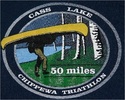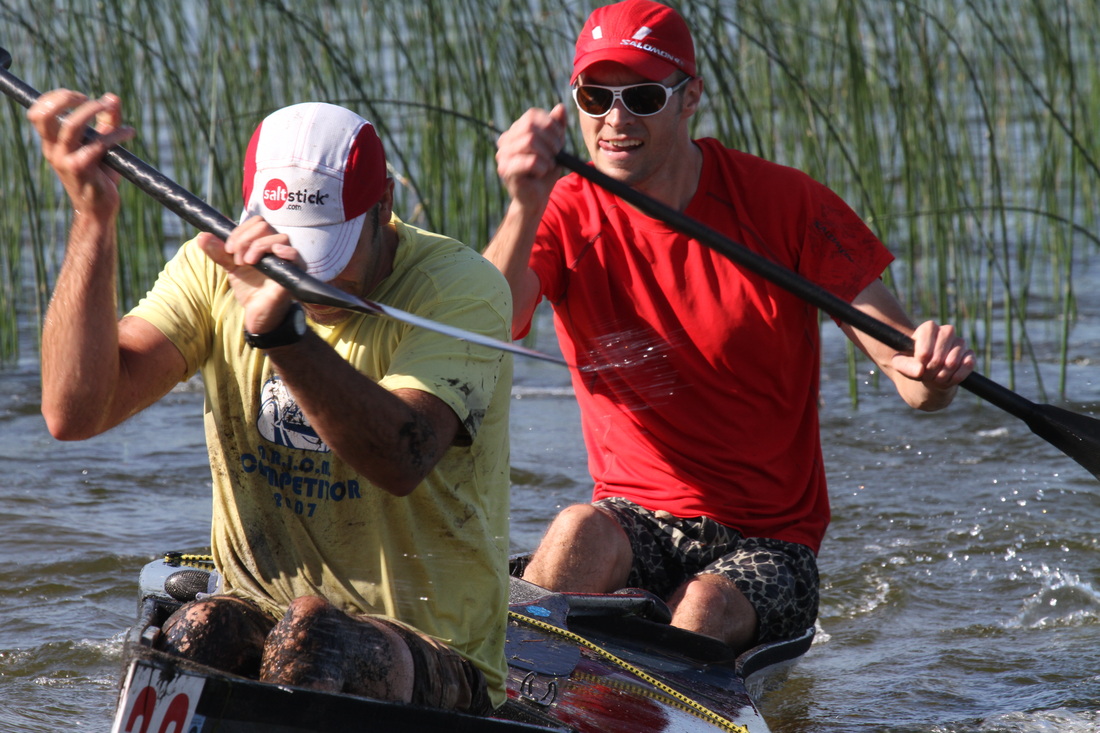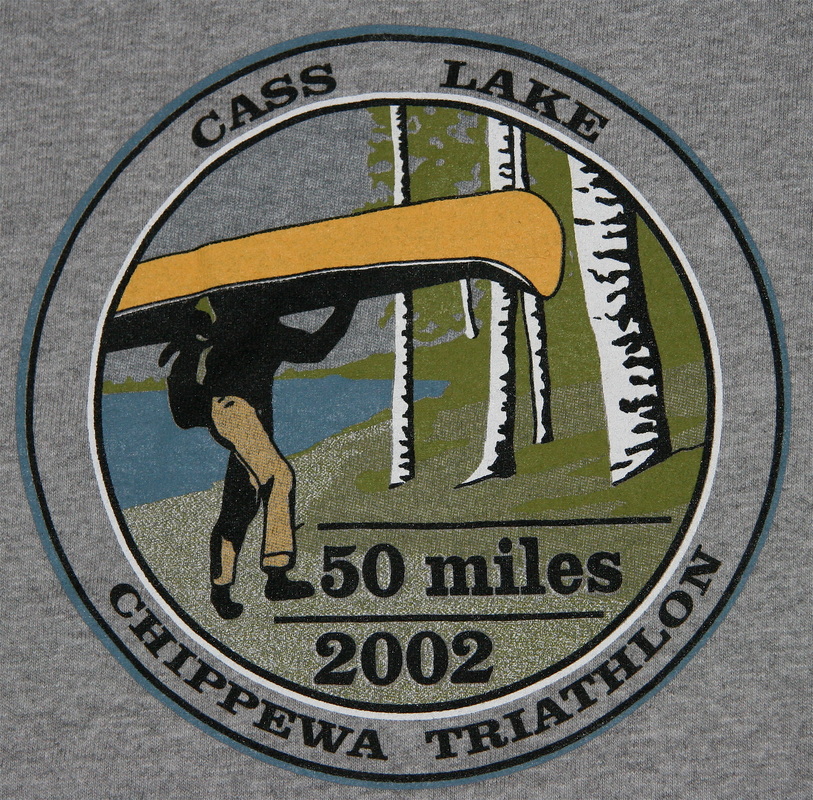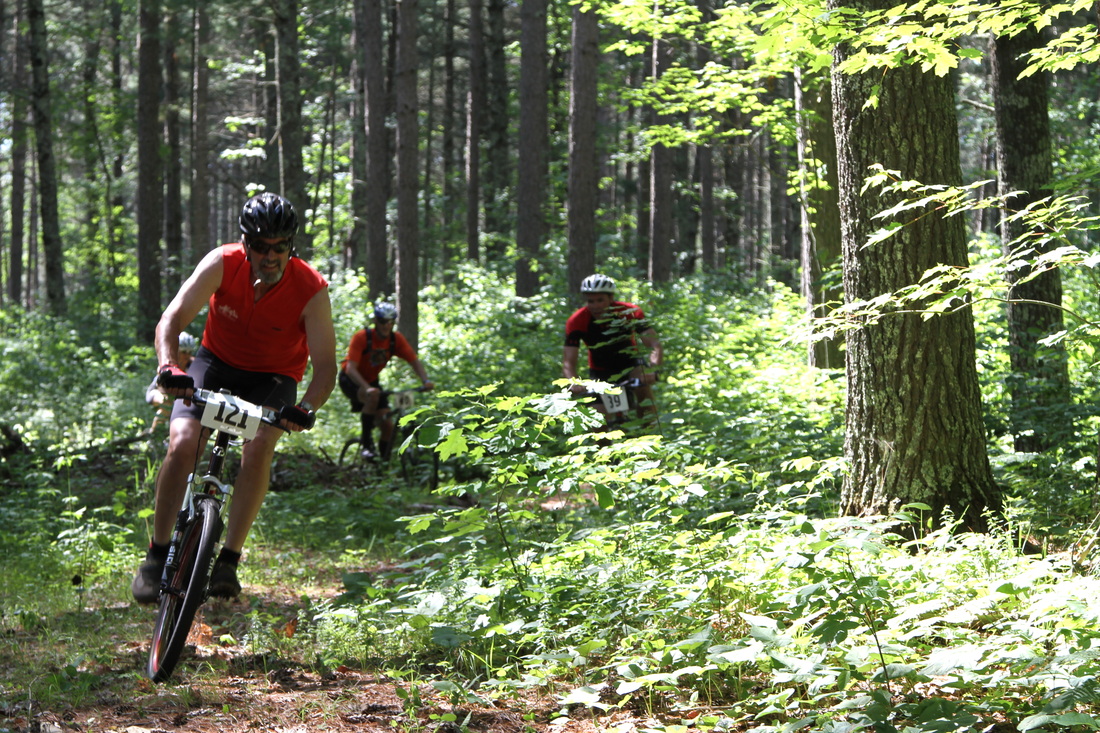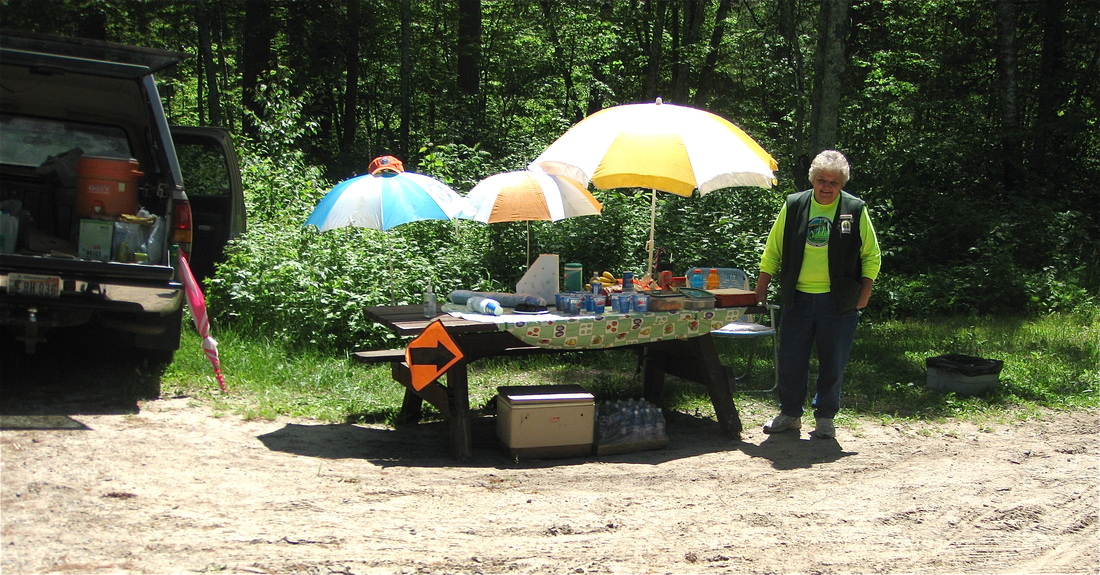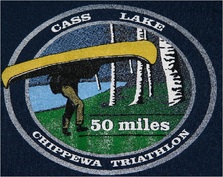Q: Where can I rent a canoe?A: This is a frequently asked question from folks who have not done the event before. Finding a canoe to rent is a challenge, especially if you want a lightweight kevlar canoe. 40 pound kevlar canoe can easily cost over $2500 and sometimes over $3500. Just like there are few places that will rent out $2500 mountain bikes, it is hard to find a place to rent $2500 canoes. An excellent link for used canoes is here:
listings come from all over the United States. Finding a canoe in New York State may not solve your needs, but you can watch pricing in other areas so when a canoe comes up for sale in Minnesota or Wisconsin you can jump on it if it is in the price range you're considering. You may also consider INVESTING in a new canoe. Properly cared for canoes maintain their value perhaps better than any other mode of transportation. Many avid canoeists have sold a canoe after 5 or 10 years for more than they paid for it new! (Why sell? To get a lighter one, of course!!) Can I use a kayak? YES! Q: How can our team of 2 or more split up the course?A: ANY WAY YOU WANT!
If it is a relay team of two persons, this is a common scenario: Both paddle the canoe and at the end of the canoe leg, one person hops on the bike while the other figures out a way to get transported to a place on the trail to switch out bike riders. With only 2 persons on a team, it probably isn't practical to split up the bike or run into anything more than two parts. If it is a 4 person team, two people could paddle part of the course and then switch out with the other two. There really isn't a good place for such a transition that is "in the middle." Convenient places to switch would be at the put in at Moss Lake or the take out of Lake Thirteen. But anything goes! One year there was a team called, "ALL THIS AND KEN TOO!!" Ken didn't paddle at all, but he was ready and waiting when the fun loving ladies on his team hit the shore and Ken carried the canoe across all the longest portages. There are any number of good transitions spots on the run. Q: The shirt says “50 Miles” is that right?
A: Actually, some years it's right about 50 miles, but recently, especially since the big blow down that wiped out the previous running trail, it has been a few miles less. 50 miles is about what to expect. In the early days it was a 100k event. A lot of people finished in OVER 10 hours! If you want a longer course, let the organizers know!
Q: Do I need to wear a life jacket? A: At the start of the canoe leg all contestants must be wearing a life jacket! Q: How long do I have to keep wearing it? A: At least until you get to the first portage. Q: Can a kayak be used? YES, BUT! One of the earliest finishers is often a kayak BUT it is a super fast kayak, perhaps 20 feet in length. The 12' kayaks you can pick up for 239 bucks are a no go because they are too slow. The canoes and fast kayaks average from roughly 4.2 miles per hour or higher on the open water. Check your speed if you're wondering about your watercraft utility. And, remember that there are numerous portages and kayaks can be difficult to carry. Wheeled dolly systems are used by some kayak folks, which does assist, however. |
Q: Can I use a road bike?A: Sure, but make sure you have the widest tires that will fit your bike AND you know the conditions beforehand. The course was originally designed as a mountain bike course. If it is a wet course, there can be lots of mud and a bike with skinny tires is completely impractical. If it is a dry year, there can be long stretches of trail/road where the sand is soft and deep and skinny tires are a complete frustration.
The course is never fully settled until right before the race and course organizers are always looking to add some single track that is not skinny tire friendly. And it can rain cats and dogs the day before the race. The 2014 race had a stretch of maybe 150 yards of water over a forest road. Video of all the water: https://www.youtube.com/watch?v=JFDf9AWvyXw Q: Are there fabulous prizes?A: If you get up at 4:50 a.m. and eat and drive to the course and distribute bikes and canoes and running shoes and then you get in the canoe on Cass Lake at 6:40 a.m. as there is some fog floating past and some loons calling on the lake, -that is all pretty fabulous. If you cross the finish line 6 or 7 hours later in the heat of the afternoon you'll feel pretty fabulous when you run out into the cool waters of Cass Lake.
Yes, there is some small recognition (carved and engraved wooden feathers) to class winners, but the real prize is how great you'll feel for having participated. Q: Are there feed stations?A: NEW FOR 2023!
Participants should be prepared to be totally self sufficient through all portions of the event. WE ARE NOT SUPPLYING FOOD ALONG THE WAY THIS YEAR. NO oranges, NO bananas, ETC. It seems so many folks have their own nutrition regimen that very little of what we provided in the past was used. Transition areas are a natural place to leave refreshments. “Camelbak” type packs are popular on both the canoe and bike courses. Please be extra careful not to leave behind any food wrappers or water bottles anywhere along the course other than the transition or food station areas. The event has been applauded for past “no trace” successes, -THANK YOU! Q: Is the course going to be the same as past years?A: Pretty much the same. The wind direction on the day of the event will determine whether canoes will follow the east or west shores of Pike Bay. The bike course may have a few little wrinkles but will generally be the same course as prior years. The run course was adjusted because of the severe storm in 2012. It has been a little shorter than 10 years ago, and quite a bit shorter than 20 years ago. Surprisingly, no one has complained! The run course may be tweaked a little here or there but generally should be the same as recent years.
Q: Do I have to dump all the water out of the watercraft at the first portage? A: YES! To avoid the spread of any invasive species that may be in the waters of Cass Lake. Q: How does the staging work, especially if I'm a solo entrant? A: The start and the bike-to-run transition are at the rest stop on the east edge of the town of Cass Lake. The canoe-to-bike transition is at the DNR water access on the east end of Steamboat Lake, just off of highway 371. The finish line is at Norway Beach Campground on the east side of Cass Lake -the lake- not the town. There are triathlon folks at all three locations and there is a "corral" for canoes, bikes, and running gear. Typically, folks will drive to Steamboat and drop off their bikes, then drive to the Canoe/Run location at the rest area on the east edge of Cass Lake. There, one can leave running gear and a vehicle. After paddling from there down to Steamboat one can leave your craft there. The bike course then ends up back at the same place the event starts and one can leave the bike there and run to the finish line. When finished, that leaves you five miles from your bike and vehicle and another 8 miles from your watercraft! Not a problem. There are always people with whom you can catch a ride that are heading back toward the town of Cass Lake. Grab the person with the microphone at the finish line and have it announced you are ready for a ride to town. From there you pick up your bike and then drive down and pick up your watercraft. The triathlon accepts no responsibility for the loss of any items, however, in all the years there was only one bike that ever "disappeared" and it turned out one of the triathlon crew jumped the gun on thinking it had been forgotten. |
